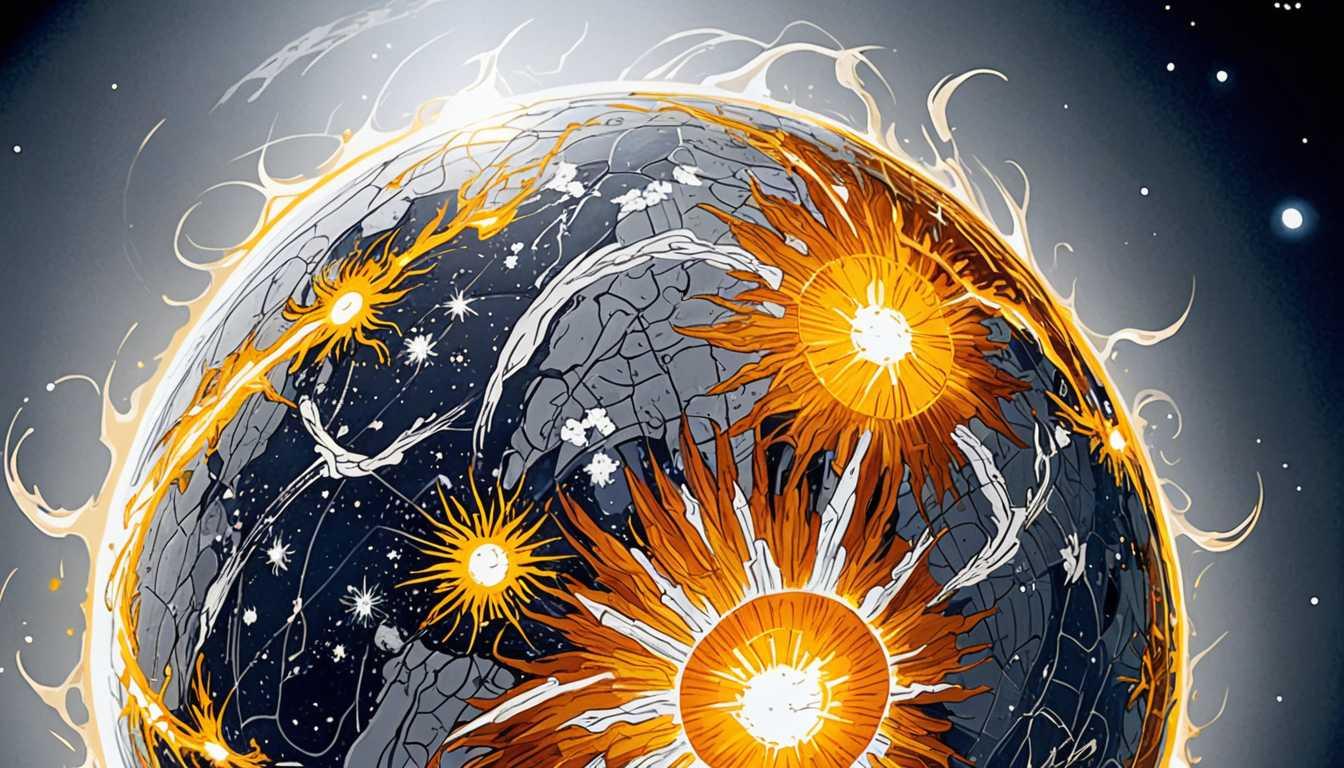Tuning Into the Cosmos's Secrets
September 2023
Stanford University
Introduction
Dive into the cosmic detective story unfolding at Stanford University, where scientists are on the hunt for dark matter, the universe's most elusive substance. Using the world's most sensitive radio, they're chasing after axions, hypothetical particles that could crack the dark matter mystery wide open. With gadgets resembling sci-fi tech, they're tuning into frequencies that might just reveal the secrets of the cosmos. It's a high-stakes search in the basement of the Physics and Astrophysics Building, where the answer to one of physics' biggest questions could be hiding.
READ FULL ARTICLEWhy It Matters
Discover how this topic shapes your world and future
Unraveling the Universe's Hidden Threads
Imagine you're playing a cosmic game of hide and seek, and what you're seeking is something that doesn't want to be found—this is the quest for dark matter. Scientists have been on this quest since the 1960s, gathering evidence that dark matter is a major component of our universe, even though it remains invisible to us. The search for dark matter, particularly through experiments like DMRadio, isn't just about finding a missing piece of the cosmic puzzle; it's about understanding the very fabric of the universe. This quest challenges our knowledge of physics, pushing us to develop new technologies and theories. For you, this might seem like a distant adventure, but it's closely related to the technology you use every day, from GPS systems to the internet, all of which were born from fundamental physics research. Understanding dark matter could revolutionize our world in ways we can't yet imagine.
Speak like a Scholar
Axions
Hypothetical particles proposed as a solution to the Strong CP Problem in particle physics, which also could account for dark matter.
Weakly Interacting Massive Particles (WIMPs)
Another theoretical group of particles suggested as dark matter candidates due to their minimal interaction with electromagnetic force.
Primordial Black Holes
Black holes that may have formed in the early universe, considered as possible dark matter components.
Toroidal Magnet
A doughnut-shaped magnet used in experiments to create a magnetic field that can interact with potential dark matter particles like axions.
Superconducting Sheath
A layer made of material that can conduct electricity without resistance at very low temperatures, used in detecting extremely weak signals.
Resonance
A phenomenon where an object or system vibrates at greater amplitudes at certain frequencies, used in DMRadio to amplify potential signals from dark matter.
Independent Research Ideas
The Role of Technology in Dark Matter Detection
Investigate how advancements in technology have enabled us to search for dark matter more effectively, highlighting the interdisciplinary collaboration between physics and engineering.
Axions and the Universe's Hidden Mass
Explore the theoretical foundations of axions, their properties, and why they are strong candidates for dark matter, emphasizing the implications for our understanding of the universe.
Comparative Study of Dark Matter Candidates
Analyze different proposed components of dark matter, such as WIMPs, axions, and primordial black holes, discussing their theoretical backgrounds and how experiments like DMRadio aim to detect them.
The Impact of Dark Matter Research on Everyday Technology
Delve into how research in fundamental physics, including the search for dark matter, has contributed to the development of technologies we use daily.
Music of the Cosmos - Understanding Resonance in Dark Matter Detection
Explore the concept of resonance, both in physical systems and as used in dark matter detection experiments, drawing parallels to musical instruments to explain how resonance amplifies signals.
Related Articles

Warp Drive: Dream or Destiny?
July 2023
JSTOR Daily

Unraveling Universe's First Light
July 2023
Stanford University

Racing Solar Storms: Saving Satellites
April 2024
MIT Technology Review

Mars: Unveiling the Core's Mysteries
April 2023
University of Bristol

Unraveling the Universe's Age
January 2021
Cornell University